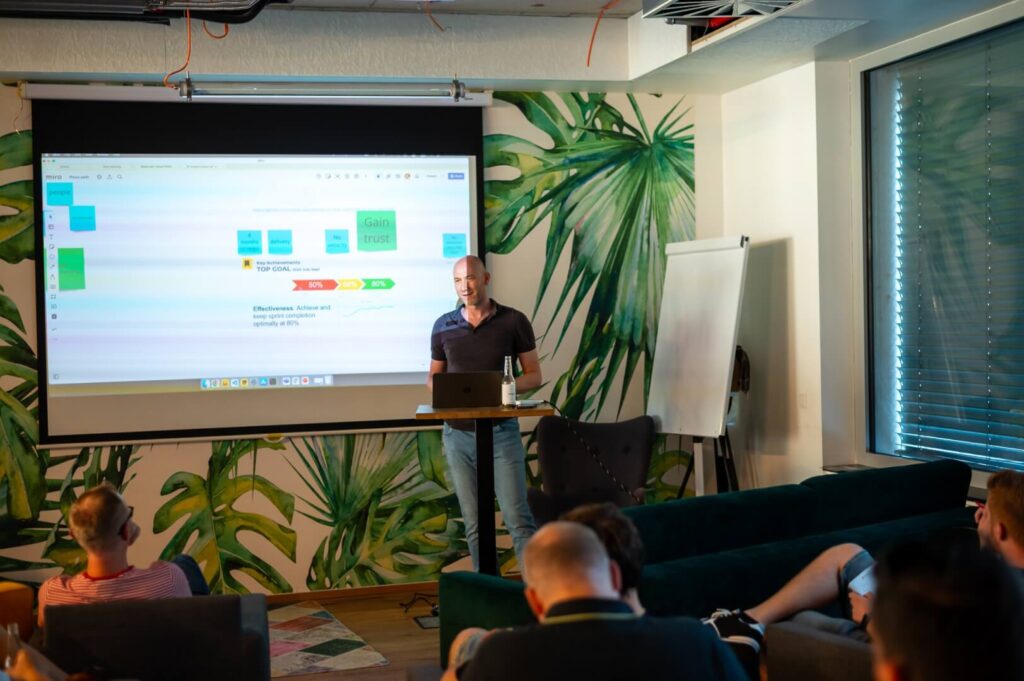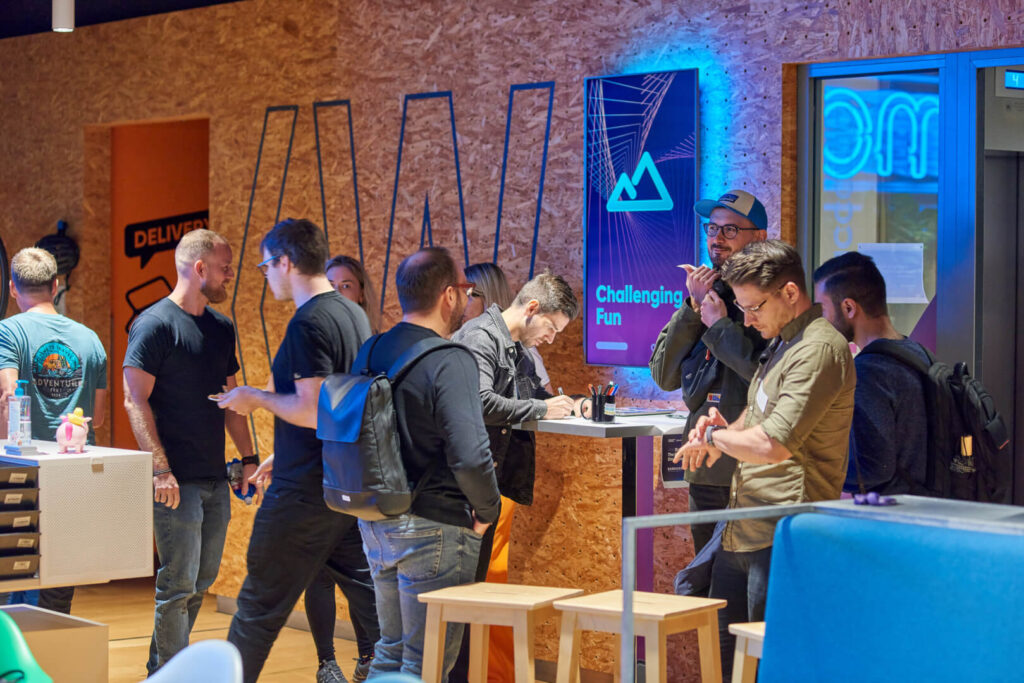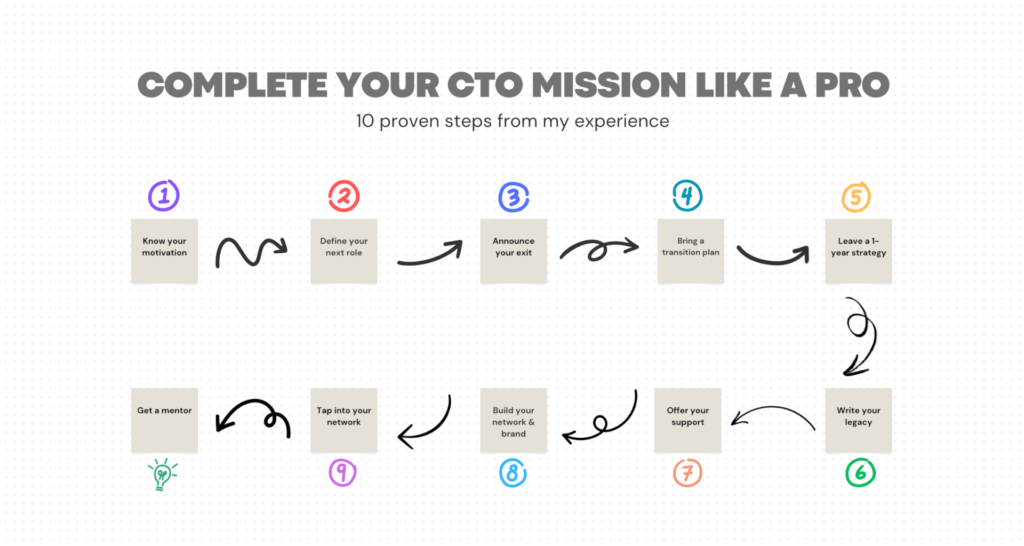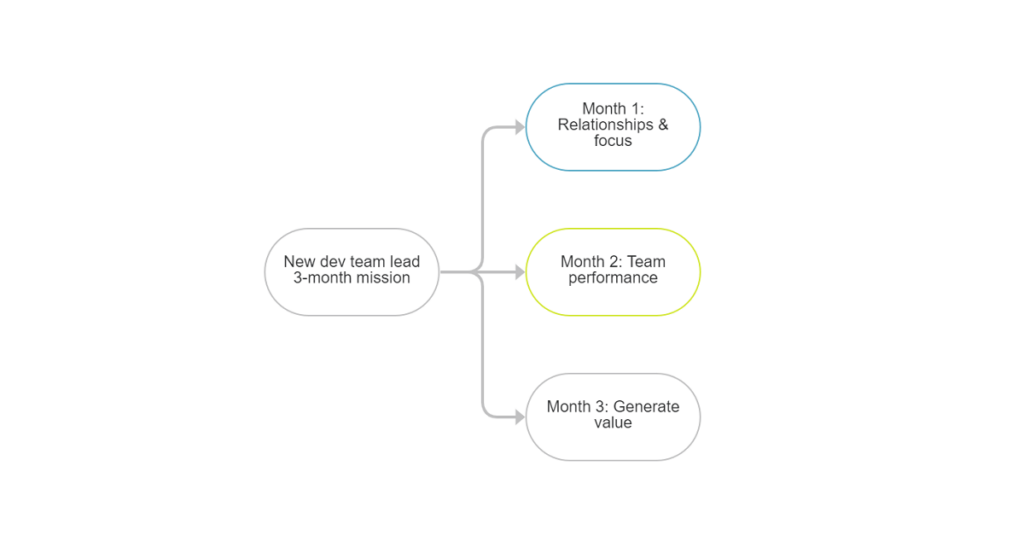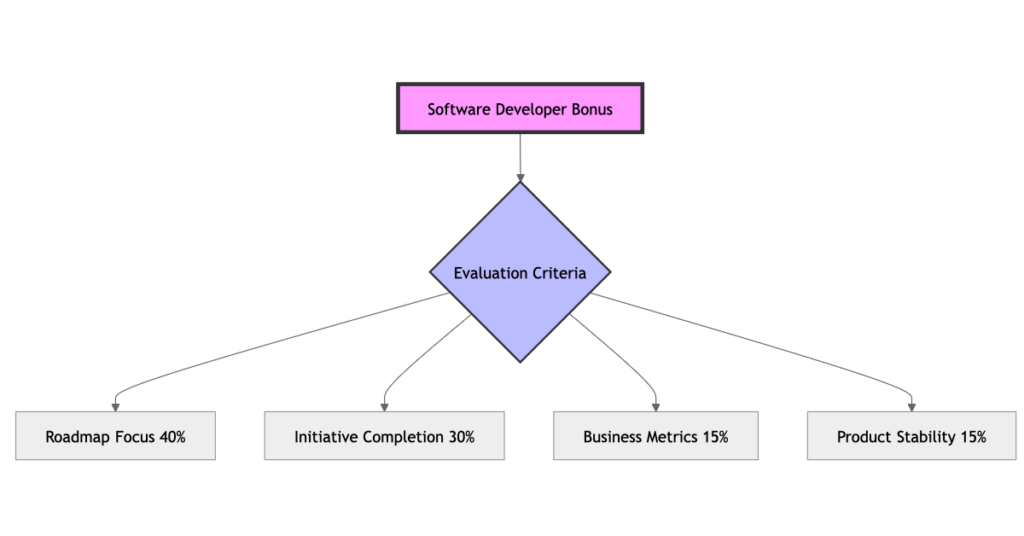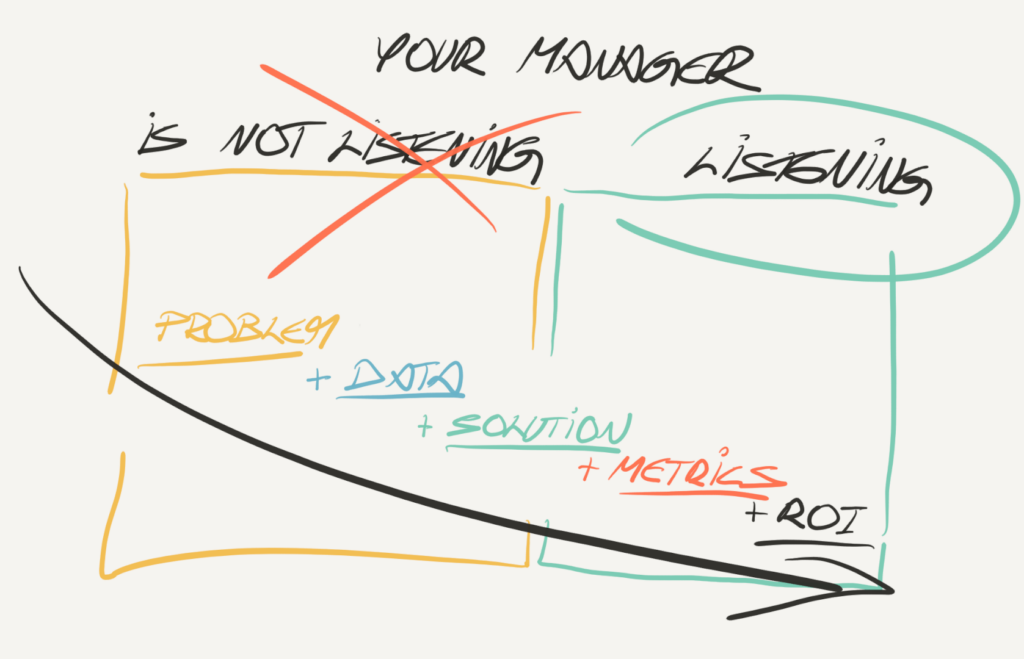Make learning your superpower: 11 actions to transform your ‘learning culture’ from buzzword to reality
You can’t create high-performing teams without a learning culture to nurture them. Your team’s knowledge is your company’s most valuable asset. If you’re not investing in learning, you’re just making it easier for your competitors to snap up your top talent. Many companies say they “prioritize learning,” but let’s be honest, an Udemy subscription isn’t going to cut it. High-performing teams need more than just a surface-level perk. Without a real learning culture, your top talent will hit a development ceiling — and they’ll eventually leave. If you’re serious about building a culture where growth never stops, here’s my 11-step guide to transforming your company into a learning theme park for your talent. The learning playground 🎢 1. Move beyond basic courses If you don’t invest in deep learning, your best people will move on. Surface-level courses alone won’t sustain a true learning culture. Offering Pluralsight, Udemy, or Coursera access and calling it “learning support” is a good start for building basic hard skills, but it shouldn’t stop there. Without deeper learning initiatives, high-profile people will leave for better opportunities, and you’ll end up with a constant revolving door of employees. KPI: Expand beyond digital learning by integrating physical initiatives like onsite courses, mentoring, and conferences. 2. Get serious about knowledge sharing Silos create gaps in knowledge that are hard to fill once key players leave. A learning culture thrives on collaboration, not silos. Teams often work in silos on various initiatives, leading to a lack of knowledge sharing. This increases the risk of losing valuable expertise if someone leaves. Promote knowledge flow within teams by building a culture where people learn from each other’s successes and failures. Pair team members, like in pair programming, to encourage collaboration and knowledge exchange. KPI: Pair programming accounts for at least 20% of programming time. 3. Establish communities of practice Without specialized communities, you lose opportunities for organic growth and innovation. Specialized communities drive growth in a learning culture. Build communities of practice around key domains like Frontend, Backend, QA, Data Science, and Leadership to drive innovation across the company. Set up dedicated learning channels in your communication platforms, like Slack or Teams, to support these communities of practice. Pro tip: Enrich your communities by incorporating knowledge gained from conferences and courses team members attend. KPI: Achieve an NPS score of >30 in community feedback surveys from internal members. 4. Use Slack or Teams for learning, not just chat If you only use Slack or Teams to talk about projects, you’re overlooking a valuable learning channel. A learning culture is fueled by the constant exchange of ideas. Set up dedicated learning channels and contribute at least once a week. Start by posting yourself to set the tone and watch as others follow your lead. KPI: At least one relevant and valuable article is shared with the channel each week. 5. Promote cross-exposure Isolated teams and departments stifle the broader perspective needed for progress. A learning culture thrives when people see the bigger picture. Support learning across teams and departments by empowering people to step out of their usual roles and work on cross-functional projects. This helps them develop broader perspectives and gain new skills. KPI: 30% of employees participate in cross-exposure projects, spending at least one week per year working with other teams. 6. Encourage external awareness If your team never steps outside the company bubble, they miss out on fresh ideas. Don’t limit your learning culture to just internal growth. Send your team out into the world, whether it’s industry events, meetups, or podcasts, and let them bring back fresh insights to spark innovation within your company. KPI: Attend at least three onsite public company meetups and contribute to at least two podcasts per year. 7. Offer conference opportunities Conferences are a goldmine for new ideas and networking. Learning cultures thrive when employees grow outside and bring fresh insights back. Create programs that let employees attend at least one relevant onsite conference per year. Support them in submitting talks to build their confidence in knowledge sharing. KPI: 80% of employees attend at least one conference annually. Explore conferences here. 8. Set up a mentoring system Mentorship isn’t optional — don’t leave your team’s growth to chance. Mentorship is the backbone of any great learning culture. If you want to explore the impact of mentorship and leadership on individual and team growth, check out my year in mentoring and my thoughts on preparing for 2025: Entrepreneur Strategy: A Year in Mentoring. KPI: 15% of high-potential employees have a dedicated mentor. 9. Promote writing Without thought leadership, employees miss brand-building opportunities, and your company fails to attract top talent looking for a place to grow. A learning culture doesn’t just absorb knowledge — it shares it. Encourage employees to share their experiences and insights through blog posts or LinkedIn updates. This reinforces their learning and positions your company as a thought leader in your industry, attracting top talent in the process. A great example is the Mews Developers Blog, where the team regularly contributes posts that are reshared across various other channels. Pro tip: Partner with a skilled copywriter to help transform ideas into polished content with minimal time investment. Developers might spend days, weeks, or months creating a blog post, but a skilled copywriter can help shape their insights into polished content with a 10x ROI. (We’re already doing this with my copywriter Alaa El-Shaarawi 🙂) KPI: Publish at least two blog posts per month. 10. Tie learning to career development Learning should be a core part of career growth, not just an add-on. In a learning culture, growth = career advancement. Align career levels with learning milestones, using personal development plans and performance reviews as a tool to reinforce growth goals. At Mews, we successfully implemented a unique career framework that supports growth and fairness. Learn more about mentoring at Mews. Discover how to integrate learning with career development in my blog post: 11 Keys to Mastering Performance Reviews: The Good, The Bad, The Successful Elements of Career Frameworks. KPI: Every employee has a personal development plan tied to their growth, with achievements reflected fairly in their compensation. 11. Build an internal knowledge base Without a shared knowledge base, your team wastes
